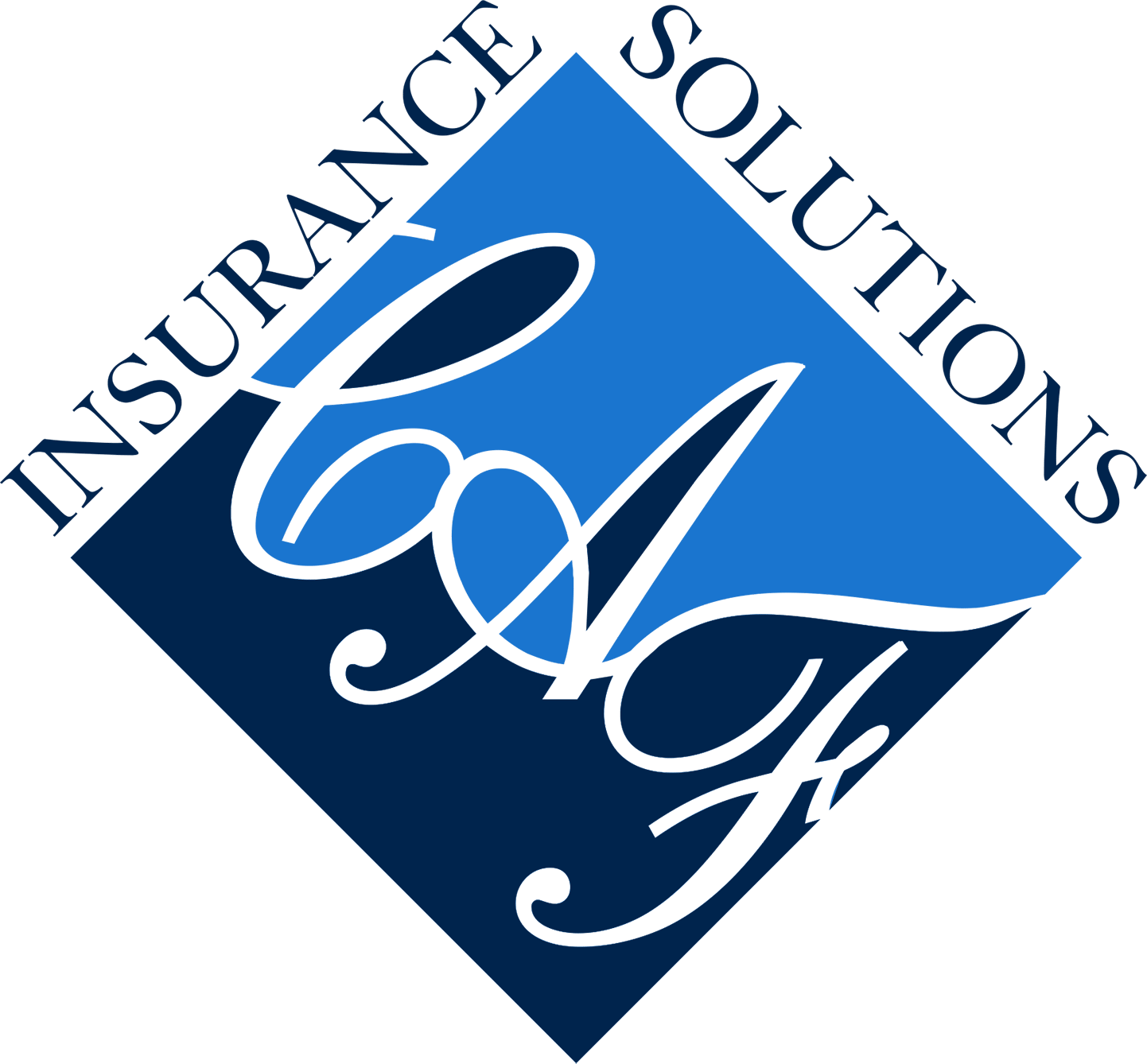What you need to know about flood insurance.
People tend to underestimate their flooding risk, says Lynne McChristian, a consultant with the Insurance Information Institute, a nonprofit group. Ninety percent of all natural disasters—especially hurricanes—include some form of flooding, and roughly 20 percent of claims processed by the National Flood Insurance Program (NFIP) are from areas considered at low or moderate risk of flooding (when heavy snows melt quickly and cause floods, for example).
You can buy national flood insurance directly from the NFIP as well as through dozens of private insurance companies throughout the country (check with your agent or insurance company for details). The average annual premium is about $700. If you own a moderate- to low-risk property, the average is $420.
There are caps: $250,000 per residence and $100,000 for contents under an NFIP policy, or $500,000 per residence and $250,000 for contents under private flood coverage. (Renters can also insure their belongings up to the $100,000 NFIP limit.) Private insurers may sell excess flood insurance above those maximums.
NFIP flood insurance kicks in 30 days after purchase, so you’ll want to buy well before a big storm is on the way. Private flood insurers generally waive the wait period.
To get an assessment of your flood risk, go to the FEMA Flood Map Service Center and enter your address for the official flood insurance rate map for your area.
“It’s wise to buy flood insurance even if you’re not in a flood zone. It will be inexpensive, and it’s better to buy it and not need it than to need it and not have it.”
Jay Bruton, 65, who rode out Hurricane Harvey in his Houston home.

